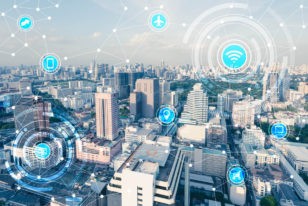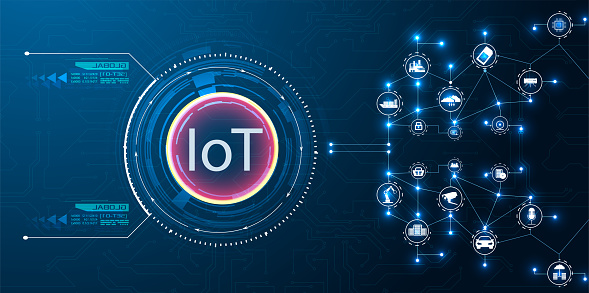The telecom industry has gone a long way over the last two decades. From voice and text 2G services to the introduction of 3G UMTS mobile internet and then 4G Mobile Broadband.
Now, with the new 5G networks, everything is going to be connected in a new 5G ecosystem. These changes are expected to have a significant impact on the end user and revolutionize the way we communicate and interact.
5G service demands
5G networks promise super-fast download speeds of up to 10 times more than the existing 4G networks. But does it really make a significant difference whether you can download a movie or the latest Game of Thrones episode in seconds rather than a couple of minutes? Does the demand create the service or is the actual availability of the services that finally turns them into a necessity?
In order to elaborate further, we will have to look at the near past.
Cell phones: from luxury to necessity
A necessity good is a product or a service that is bought by consumers regardless of their economic status. Such products like milk, bread, etc. are considered as necessities since the demand and consumption remain the same irrespective of the consumers’ income change.
A luxury good, on the other hand, is a product that its demand usually increases in proportion to the consumer’s income. Consumers are more likely to buy these products or services in cases where they have more money to spare after acquiring the necessary goods, making luxury goods sensitive to the consumer’s income change.
Thirty years ago cell phones were not widely available. However, we could still manage to go out on a date, meet with friends, invite people over, either by arranging the specific time in advance in person or via the fixed line phone. OK, there was still the chance for something emergency to happen and one of the parties to be significantly delayed or no show up at all, but still, things could work adequately in most cases.
Even with the introduction of GSM, which was the first widely available global cellular network, the first years a cell phone was considered to be a luxury item for the wealthy people. It gradually began to penetrate everyone’s lives, reaching a point where we cannot think of our lives without a cell phone anymore.
In modern societies, it is now more or less unthinkable for your 16-year-old son or daughter not to have their own smart-phones. Not only because of your need to have constant knowledge of their whereabouts, but also since this is now part of their social lives and social image.
For some people forgetting the cell phone at home is even worse than leaving their wallet behind. Actually now with e-wallet apps, this may be literally true. It seems that in a couple of decades a cell phone turned from a luxury item to a necessity product.
5G services according to 3GPP and NGMN
3GPP has described the new 5G use cases in three distinct areas: Enhanced Mobile Broadband (eMBB) for fast speed services, Ultra Reliable Low Latency communications (URLLC) for the provision of critical services & Massive Machine Type communications (mMTC) for massive IoT and machine-to-machine connectivity.
NGMN Alliance has thoroughly described eight distinct areas. Broadband access in dense urban areas will provide super-fast speeds in city centers, and up to 50 Mbps connectivity even in rural areas.
High user mobility will enable multi-gigabit connectivity in high-speed moving vehicles such as high-speed trains, while massive IoT will rely on an extensive network of sensors developed in smart city scenarios and smart agriculture.
Extreme real-time communications will provide for the Tactile Internet, while Life-line Communications will care for natural disasters, ultra-reliable communications will support e-health services and Broadcast-like communications will provide 5G broadcast services.
5G services in future societies
5G will be the first step towards massive connectivity, connected devices, super-high speeds, and ultra-low latency. This will lead to a new set of services and an inevitable migration from devices such as phones and smart-phones to connected “smart-things.”
There are many consumer reports and digital trends analysis. People expect that in the near future they will be connected everywhere and all the time regardless of the underlying physical network. In that sense, 5G could lay the foundations, by creating the initial ecosystem for massive broadband connectivity, physical network convergence, and advanced efficiency.
Most probably, the connected device does not need to be a smart-phone anymore, it could even be ourselves. For example, we could initially have an embedded smart-device on our bodies. This smart-device could be connected with everything, whether it is our car, our house, an extensive network of sensors or even other people.
In the years to come, we can also expect that most of our brain functions and information will be stored. This embedded device can also act as a storage chip. A chip that could store data, but is also used to increase our memory, or even finally stop the Alzheimer, help our sexual energy and much more.
We are now heading towards the 4th Industrial Revolution. The 1st Industrial Revolution was made with steam and engines. The second with electricity. The third one with electronics. And the fourth is with Information Technology, Artificial Intelligence, and Robotics.
The change will be natural since it will be part of the evolution process. It will be a mixture of Physics, Digital, Robotics, and Quantum. And finally, the post-human era will begin, but that is another story.













